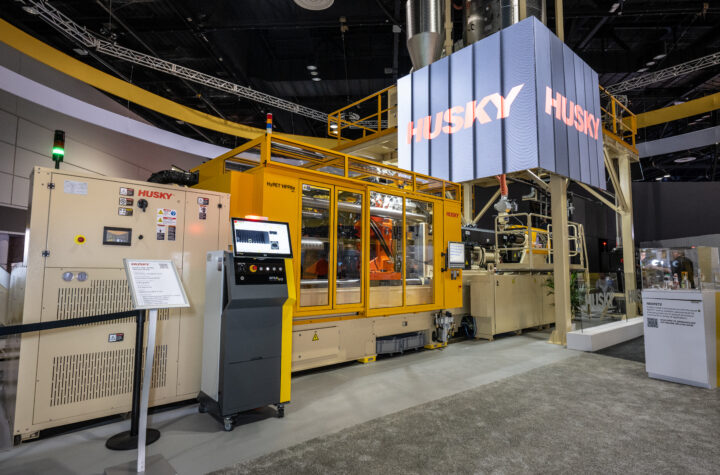 In 2003, giant SUVs and pickup trucks, most of which function a large part of the time as family transportation, posted new sales records. Automakers provided buyers of these vehicles with sufficient incentives to ensure strong demand even as the number of nameplates and capacity devoted to them expanded.
In 2003, giant SUVs and pickup trucks, most of which function a large part of the time as family transportation, posted new sales records. Automakers provided buyers of these vehicles with sufficient incentives to ensure strong demand even as the number of nameplates and capacity devoted to them expanded.
At the Detroit auto show, the Japanese showed off their newest entries and concept vehicles, which declared their full participation in these profitable segments.
With so many new models and so much more capacity dedicated to light trucks, it is easy to forecast declining margins in the sector.
However, it might be appropriate to question the underlying assumption that the heaviest and biggest of the light trucks will continue to maintain even current sales.
Today’s SUV owner has better looking and better driving alternatives to the unglamorous and ungainly tanks that are rapidly losing their fashion edginess. No longer are SUVs a fashion statement that suits the country club lifestyle. They are everywhere and they are not fun to drive. They merely let you haul a lot of people and stuff, so I’m not sure what that says about these owners versus the driver of a new Porsche Cayenne or Volvo SUV.
Fuel economy may not be on the auto industry’s radar screen but it should be. The high price of gasoline and the fact that rising global consumption will keep the pressure on crude oil prices as China develops a car culture means that the days of $.90 a gallon gasoline are permanently over. Even though U.S. gasoline is still cheap by international standards, it is taking a bigger bite out of budgets.
Finally, the justification of driving an SUV on the basis of safety is open to question. It is a fact that these heavy vehicles cause more damage to smaller lighter vehicles, but SUV owners assumed they got more protection even as they made roads more dangerous for others.
Recently I witnessed an accident in a parking lot where the driver of a giant SUV backed into a Honda Accord pulling into the lot and pressed the car into the wall of a restaurant crushing the driver’s side door. The SUV driver explained to police that she didn’t see the Honda and she apparently wasn’t aware she hit a car until onlookers began shouting.
The fact that the Honda was driven by a 70 year old woman who walked with a cane made the scene even more incongruous. You can blame this accident squarely on the SUV driver who probably shouldn’t be behind the wheel, but the accident probably wouldn’t have happened or wouldn’t have been as severe had she been at eye level with the driver of the Honda.
A recent article in the New Yorker magazine documented the safety issues of big SUVs suggesting that in certain government tests their occupants were more likely to suffer head or bodily injuries than were the occupants of certain cars.
The article itself would not have made much of an impression on me except for the lead story in our local newspaper the next day which told of the death of a middle-aged woman while driving in her giant SUV. She apparently hit a stone wall and two trees on a nearby country road at midday. Her vehicle did not roll over and no other vehicles were involved. She was wearing her seat belt yet she suffered head injuries grave enough to cause her death.
The domestic industry is financially too dependent on these vehicles. It isn’t a question for me of when their sales will decline but rather how rapidly they will fall. There is only so much that can be done with incentives to offset other negative factors, whether related to excess supply, high operating costs, more attractive alternatives or other factors.
Eventually, falling margins on these vehicles will have to offset with rising margins on cars and CUVs. Given what the Big 3 showed off in Detroit this year, there is good reason to be hopeful that the industry is anticipating, not reacting to changes in mix and demand.
Maryann Keller is a veteran auto industry analyst and author of the books “Rude Awakening: The Rise, Fall and Struggle to Recover at General Motors” and “Collision: GM, Toyota and Volkswagen and the Race to Own the 21st Century.”
- Feb 2004
- Maryann Keller














































 Hansen
Hansen



